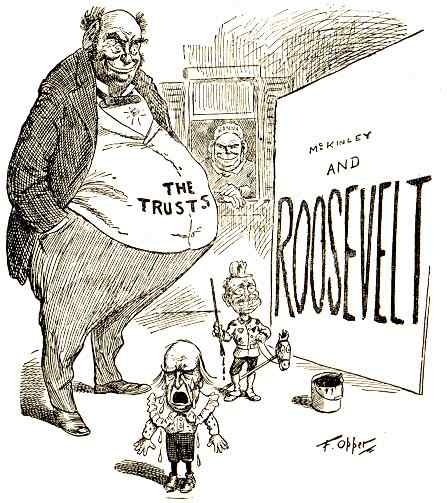
Even the rock-ribbed Republican Chicago Tribune lauded its "dominant note of courageous confidence." F.D.R. Roosevelt's Inaugural Address was a pitch-perfect combination of optimism ("The only thing we have to fear is fear itself"), consolation (the nation's problems "concern, thank God, only material things") and resolve ("This nation asks for action, and action now"). They were, a reporter observed, "as silent as a group of mourners around a grave." Roosevelt's Inauguration had all but given up on America. The crowd that gathered in front of the Capitol that day to watch Franklin D. In rural areas, farmers whose land was being foreclosed were talking openly of revolution. In the cities, jobless men were lining up for soup and bread. The stock market had plunged 85% from its high in 1929, and nearly one-fourth of the workforce was unemployed. March 4, 1933, was perhaps the Great Depression's darkest hour. But, like FDR’s first hundred days, it will take the political will of voters and officeholders to bring it about.The President greets enthusiastic supporters in Warm Springs, Ga., on Dec. The 2008 elections can be a historic turning point in the conflict between the New Deal and the anti-New Deal. The departing Bush administration has made things worse for them.īut real change may be at hand. Nearly 50 million people are without any health insurance. They also suffer from crippling mortgage debt. Large sectors of the population are saddled with expanding credit-card debt, many having to pay interest that was previously considered usurious. Income inequality has grown substantially during the years of the anti-New Deal after declining during the years of the New Deal ascendancy. The anti-New Deal has only worked for corporations and wealthy Americans.Ī national debt that was a trillion dollars in 1981 exceeds ten trillion today. It also provided the foundation for greater social justice through the inclusion and integration of women and minorities. Its institutions worked towards economic equality. Today, it is important to remember that the New Deal ushered in the biggest period of economic expansion in U.S. Clinton’s policies greatly strengthened the right wing of the Republican Party, leading to the conservative Republican victory in 1994 and twelve years of Republican control of Congress. The Democratic administration of President Clinton accepted and sought to moderate the anti-New Deal in the 1990s much as the Republicans had done in the 1950s. What Roosevelt called rights Reagan disparaged as entitlements. Reagan and his supporters embraced the recommendations of the economist Milton Friedman that relied on the Federal Reserve to manipulate interest rates to pump money in and out of the economy. Few Americans thought that they would ever see homeless people on the streets again or the spectacular disparities in wealth that have characterized post-1980s America. Most analysts concluded by the 1970s that the Eisenhower and Nixon administrations, with leading groups in business, had quietly made peace with the New Deal, content to thwart its advance but unwilling to risk its repeal. Neither the New Deal nor its advances through the Great Society were repealed. But his Great Society became a casualty of the Vietnam War and a political backlash against the radical movements the 1960s. Lyndon Johnson advanced New Deal priorities, including Medicare, Medicaid, and federal aid to education. Harry Truman’s New Deal-derived Fair Deal program, including a Social Security-based national health insurance system, became a casualty of both Cold War priorities and a Cold War political mentality. The post-World War II history of the New Deal followed the history of the Cold War. This year, with votes from young people as well as those who had largely given up on the system, the Democrats’ victory might be large enough to sustain a new hundred days. With the watershed election of Ronald Reagan what can be called the anti-New Deal arrived.Ī massive defeat of the anti-New Deal Republicans at both the presidential and congressional levels this November would give the next president the kind of majorities that Franklin Roosevelt depended upon when he won approval of the Securities and Exchange Commission, Social Security, unemployment insurance, a minimum wage, a 40-hour workweek, and the Works Progress Administration that built new roads, bridges, dams, post offices, classrooms and libraries.


But less attention has been paid to the stagnation of the New Deal in the 1950s and its dismantling after 1980. Over the next five years the New Deal came to be associated with major regulatory reforms, labor laws and social welfare legislation. Seventy-five years ago this month, Franklin Roosevelt assumed the presidency amid mass unemployment, a collapsing bank system and rapidly escalating poverty.


 0 kommentar(er)
0 kommentar(er)
